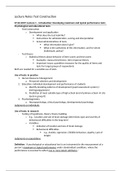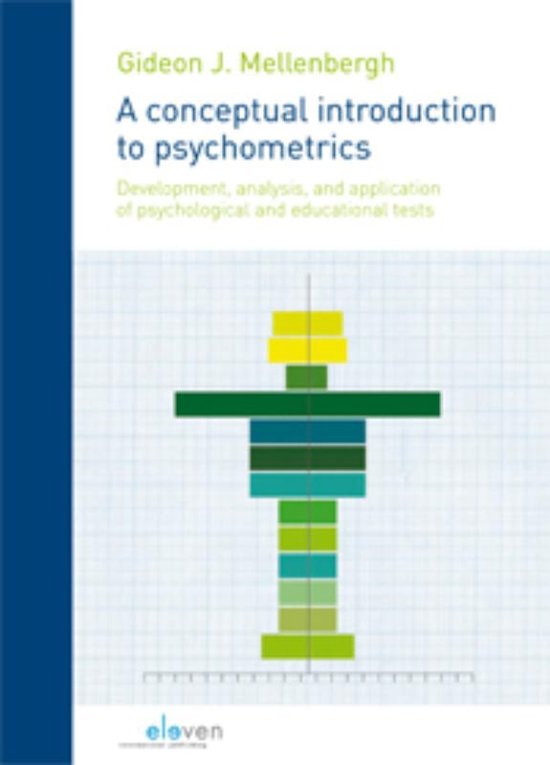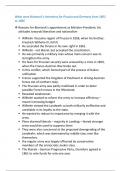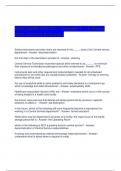College aantekeningen
Extensive Lecture Summary Test Construction 2018/2019
- Instelling
- Rijksuniversiteit Groningen (RuG)
Summary of all the lectures of Test Construction in the year 2018/2019. Done in English! I have watched all the lectures with the recordings on nestor and added some more information if I thought it was necessary. I am not a native speaker, so I am sorry if there are some grammar/spelling mistake...
[Meer zien]







